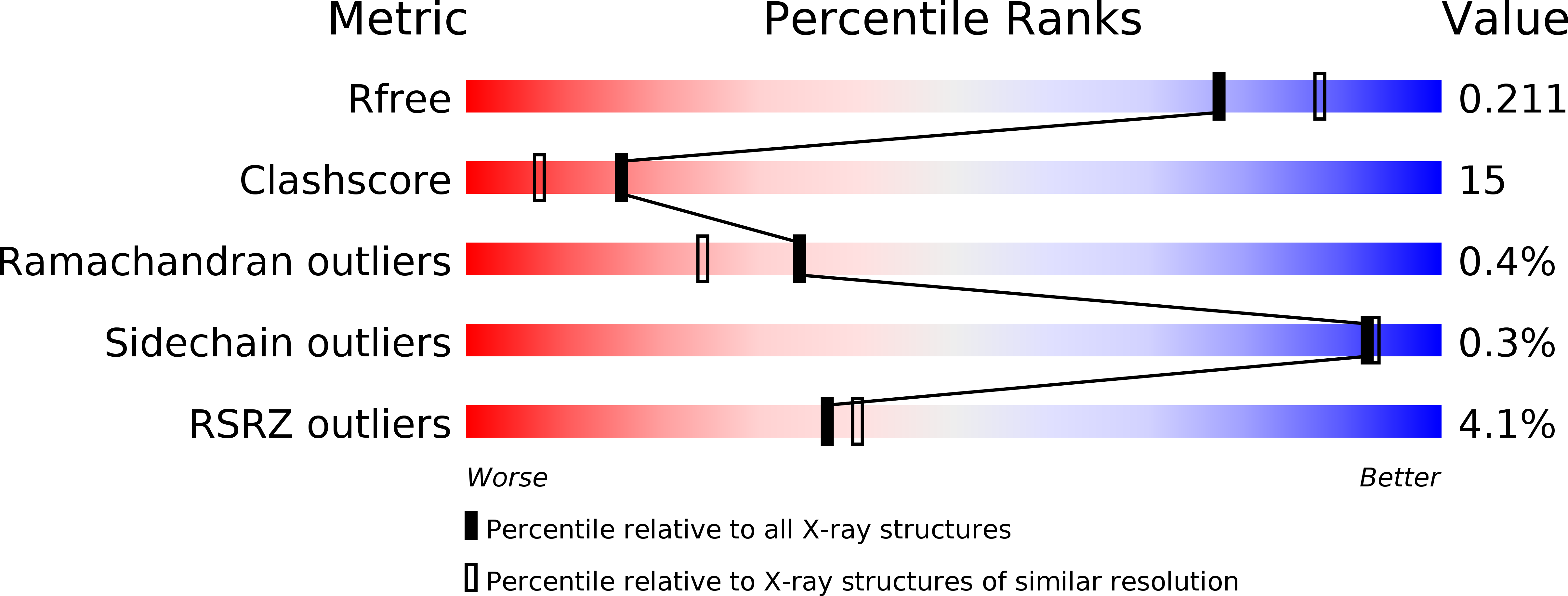
Deposition Date
2003-08-17
Release Date
2004-02-17
Last Version Date
2024-02-14
Entry Detail
PDB ID:
1Q7B
Keywords:
Title:
The structure of betaketoacyl-[ACP] reductase from E. coli in complex with NADP+
Biological Source:
Source Organism:
Escherichia coli (Taxon ID: 562)
Host Organism:
Method Details:
Experimental Method:
Resolution:
2.05 Å
R-Value Free:
0.22
R-Value Work:
0.20
R-Value Observed:
0.20
Space Group:
P 1 21 1


